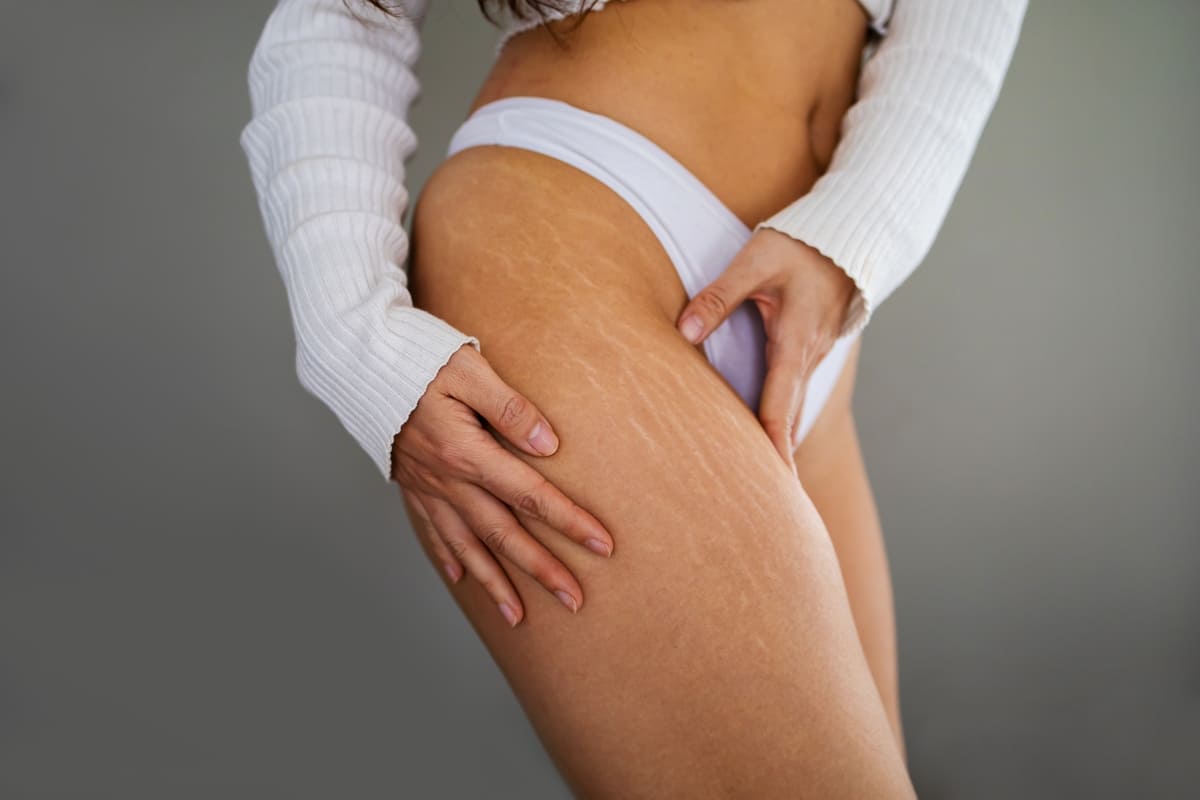Stretch Marks

Stretch marks, medically known as striae, are common skin markings characterized by streaks or lines that appear on the skin’s surface. They often occur due to rapid stretching of the skin, commonly associated with pregnancy, puberty, rapid weight gain or loss, and certain medical conditions.
Symptoms:
Stretch marks initially appear as red, purple, or pink streaks on the skin, eventually fading to a lighter color over time. They may feel slightly raised or indented and commonly occur on the abdomen, hips, thighs, buttocks, breasts, and upper arms.



